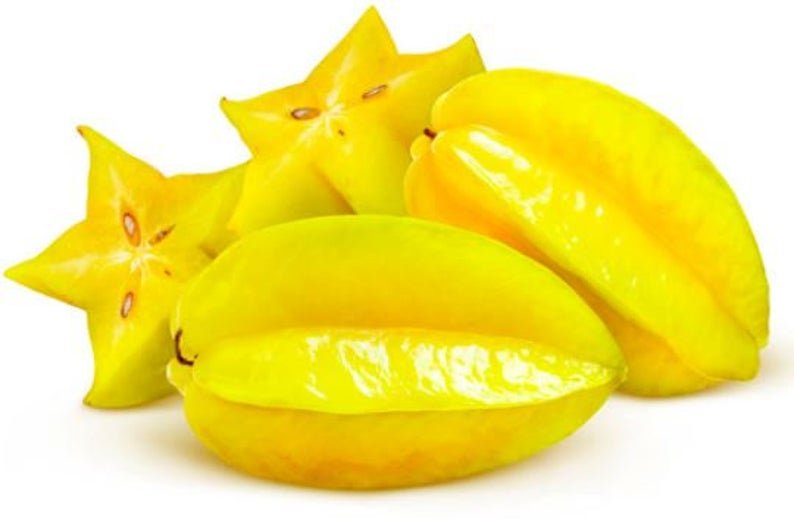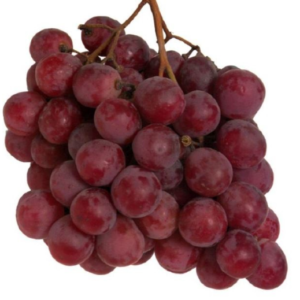Description
Star fruit, also known as carambola, can be found in abundance in Southeast Asia where it is heavily cultivated. The yellow fruit grows on trees in India, Asia, South America, Australia, and the southern United States, but it’s enjoyed raw and cooked all over the world. While it’s frequently used as a garnish due to its fun shape, it also adds a sweet flavor to a number of dishes like salads and cocktails.
Uses
Star fruit does not require peeling, making it a quick and easy snack. For the sweetest fruit, look for star fruit that is bright yellow in color and lightly browned on the edge of the ridges. Green fruit tastes slightly more acidic, and what ripeness you choose will depend on your personal preference. Unripe fruit will continue to ripen after it’s picked.
Washed fruit can be sliced to reveal the star shape by placing the fruit flat on a cutting board. Remove both ends with a knife and cut across the ridges into slices. The seeds are technically edible but not tasty, so remove them with your fingers or a small knife. Star fruit can be eaten as is, added to fruit or vegetable salads, used as a garnish for dishes or cocktails, and more. In Southeast Asia, it’s often stewed with sugar and spices like cloves or used in savory dishes like fish and shrimp. In Australia, the unripe or ripe fruit is cooked as a side dish, pickled, or turned into a chutney or relish. Star fruit can also be dried.
Taste
Star fruit has a sweet flavor with a slightly sour undertone and a juicy, firm flesh like a grape. The fruity taste is difficult to describe, landing somewhere between ripe pear, green grape, and orange. Unripe fruits are firmer and tarter, more like a green apple in flavor.
Recipes
Star fruit makes a lovely addition to a fruit salad, tart, cake, pavlova, or sangria. Use the star shapes to add fruitiness to a green salad or to decorate a cheese or snack platter. After removing the seeds, the fruit can also be pureed or juiced and added to smoothies and drinks.





Reviews
There are no reviews yet.